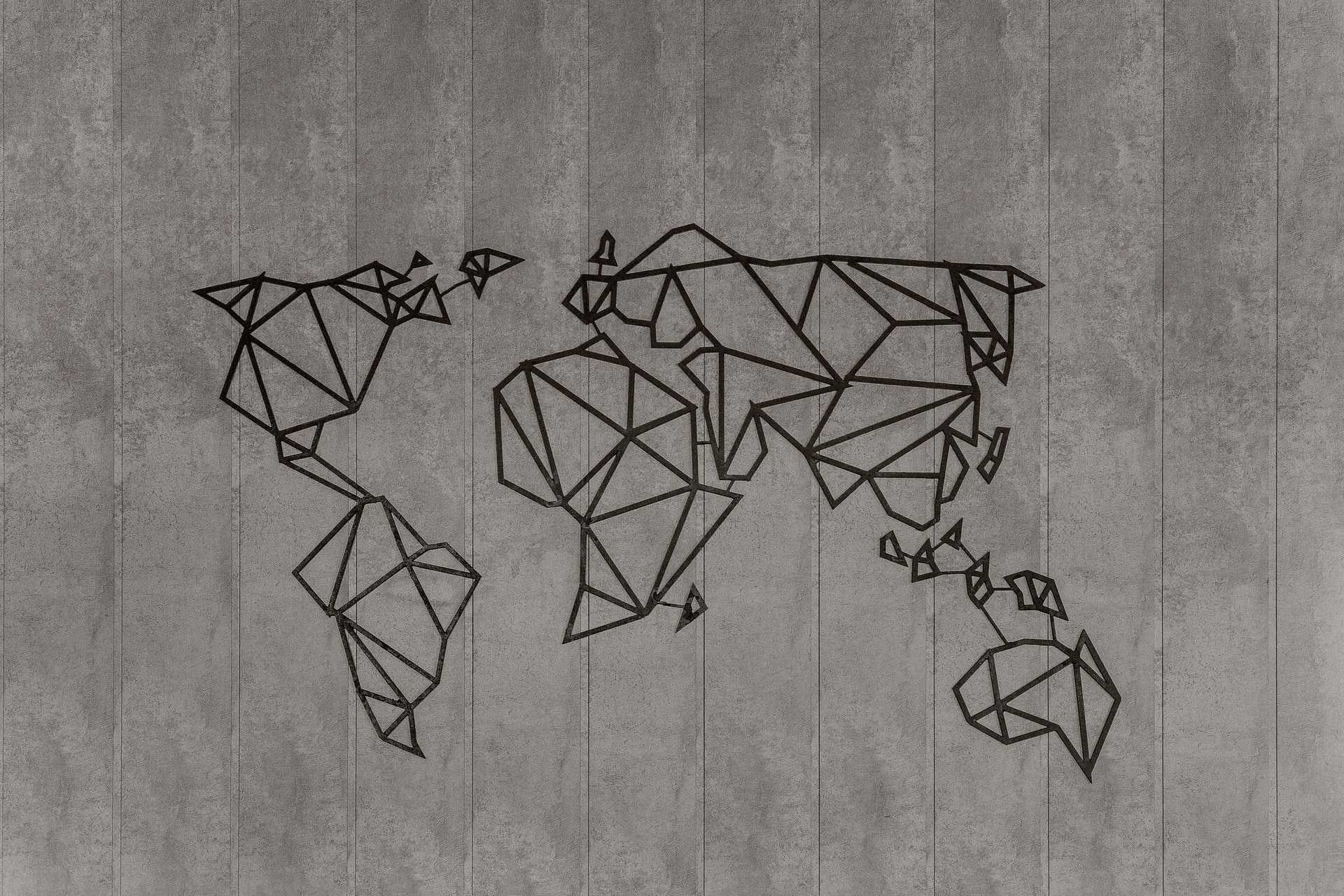
Spatial computing
The authors of this Scientific American column argue that a new paradigm, which they call "spatial computing", will supersede current targets for mobile computing, digital twins, and augmented reality. As they describe it, spatial computing "does everything virtual-reality and augmented-reality apps do: digitize objects that connect via the cloud; allow sensors and motors to react to one another; and digitally represent the real world. " But it goes one step further, adding a layer of code—a computer "coordinator"— "to track and control the movements and interactions of objects as a person navigates through the digital or physical world." Health care benefits are touted as a "killer app" for home-based installations.
The signal here isn't the way this future is framed. This vision is consistent with descriptions of ubiquitous and pervasive computing appearing in Scientific American as far back as the early 1990s. Rather, its the effort to continuously rewrite a narrative of continuous digital monitoring and control as a benevolent force for material progress. This points towards an ongoing evolution of rhetoric reframing the benefits and eliding the risks of these technologies in new use cases, applications, and markets.




..png)
